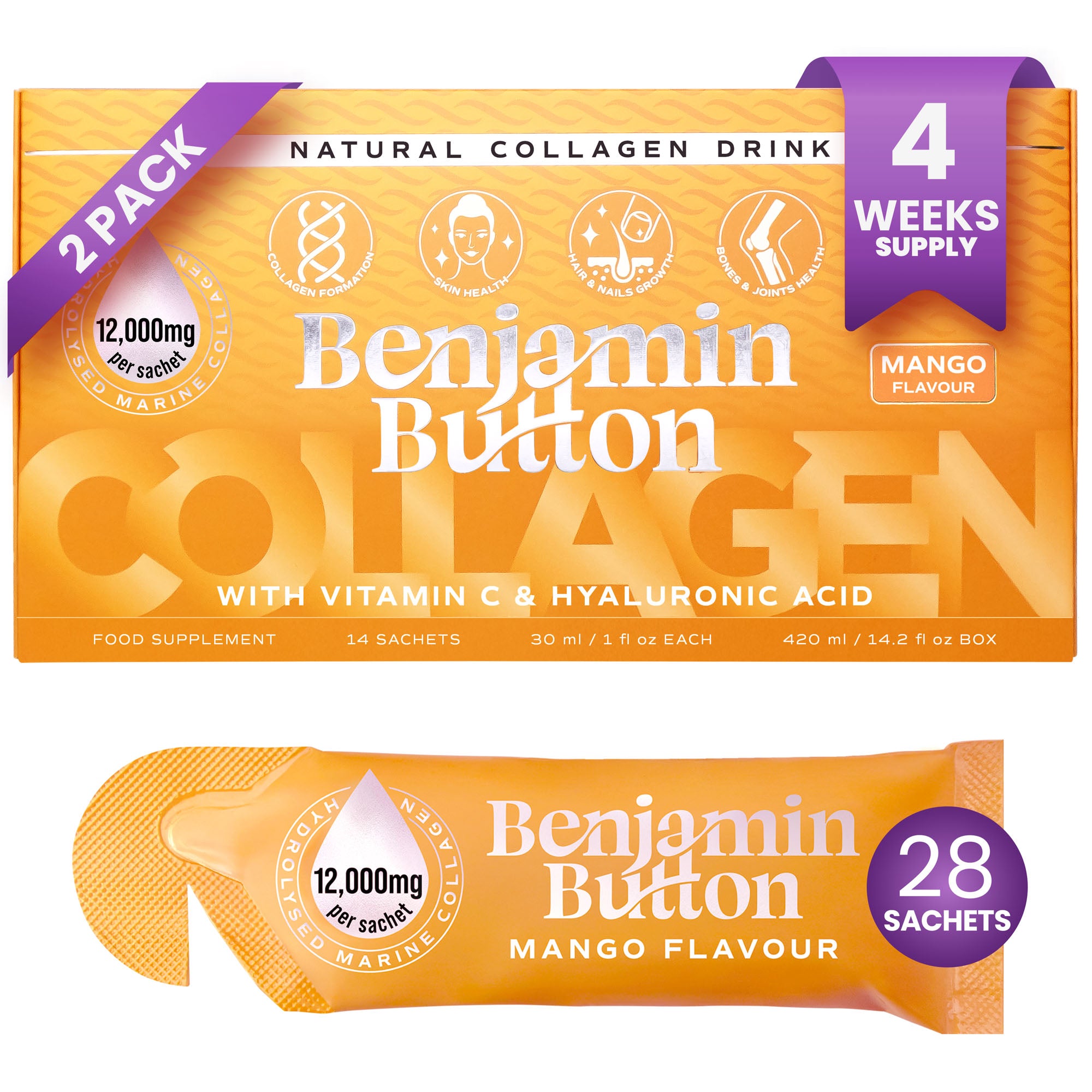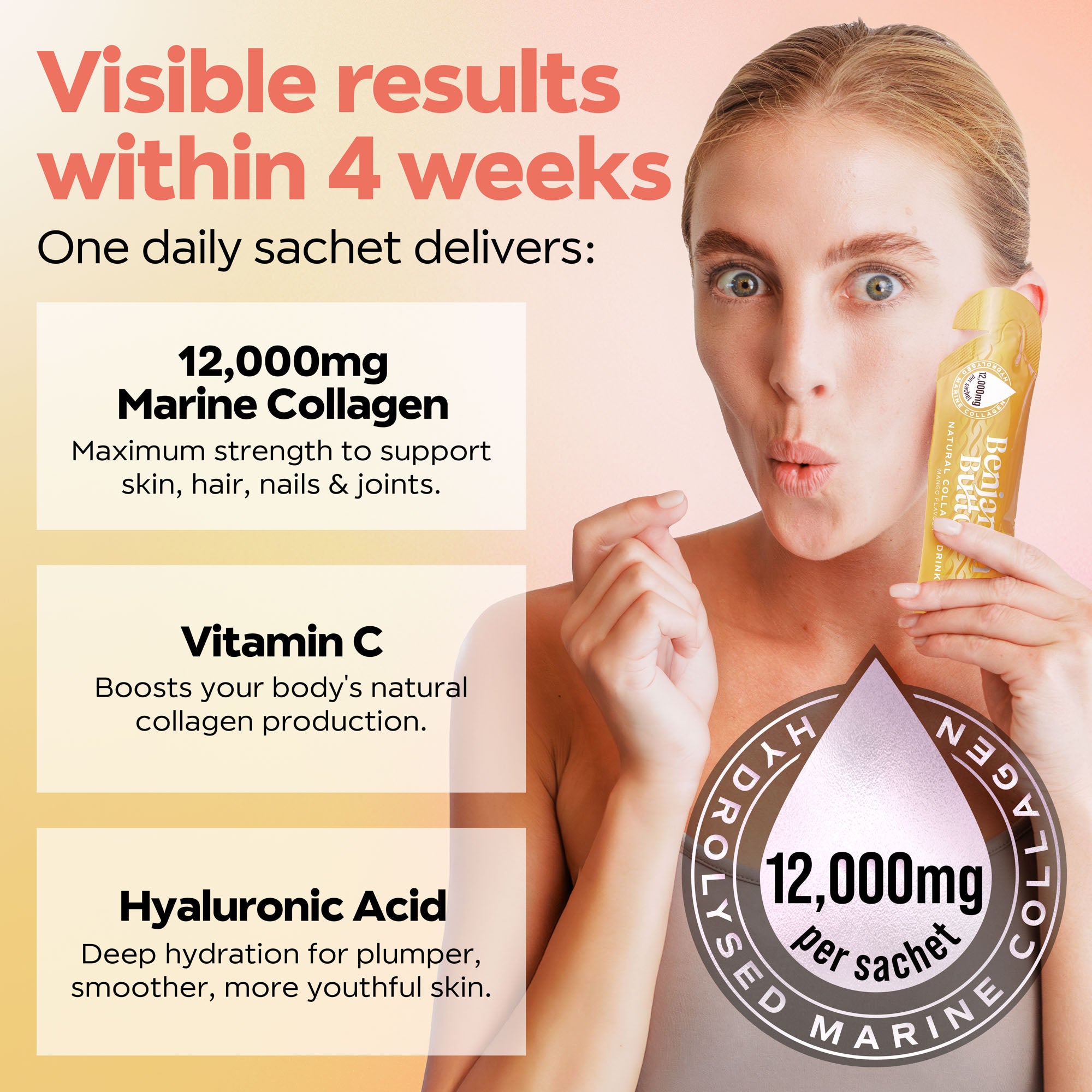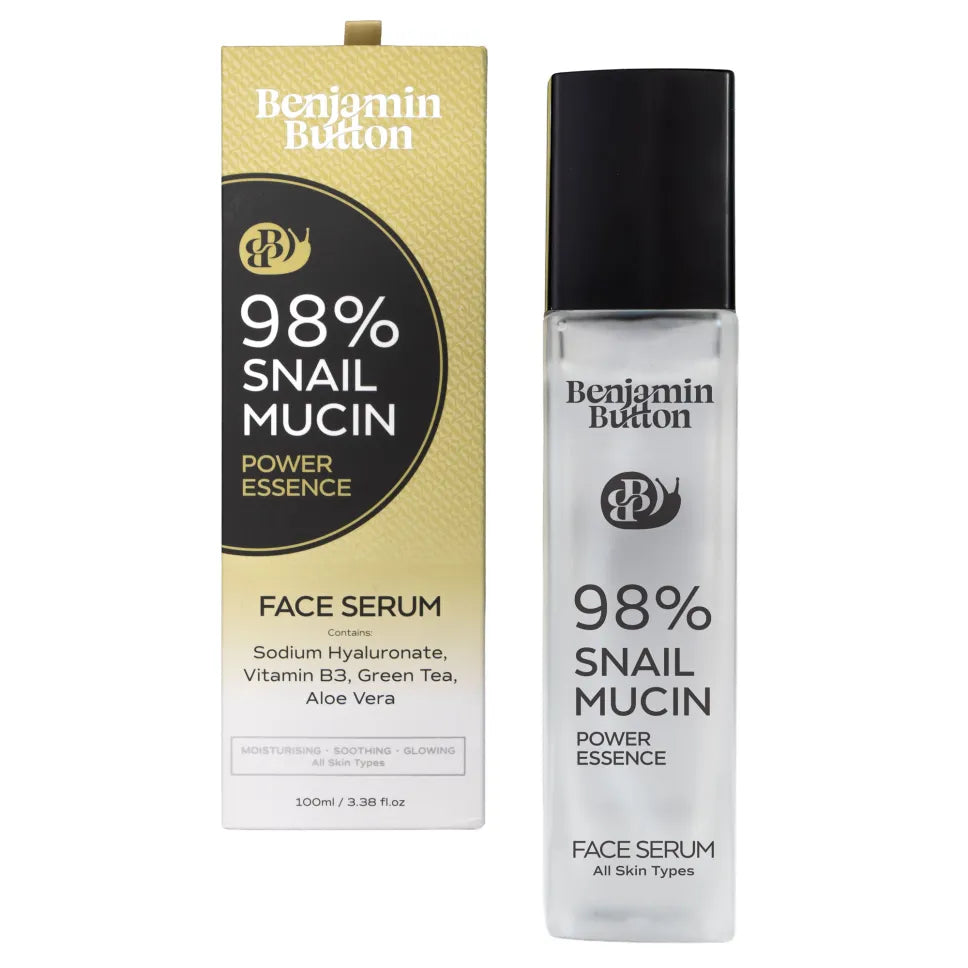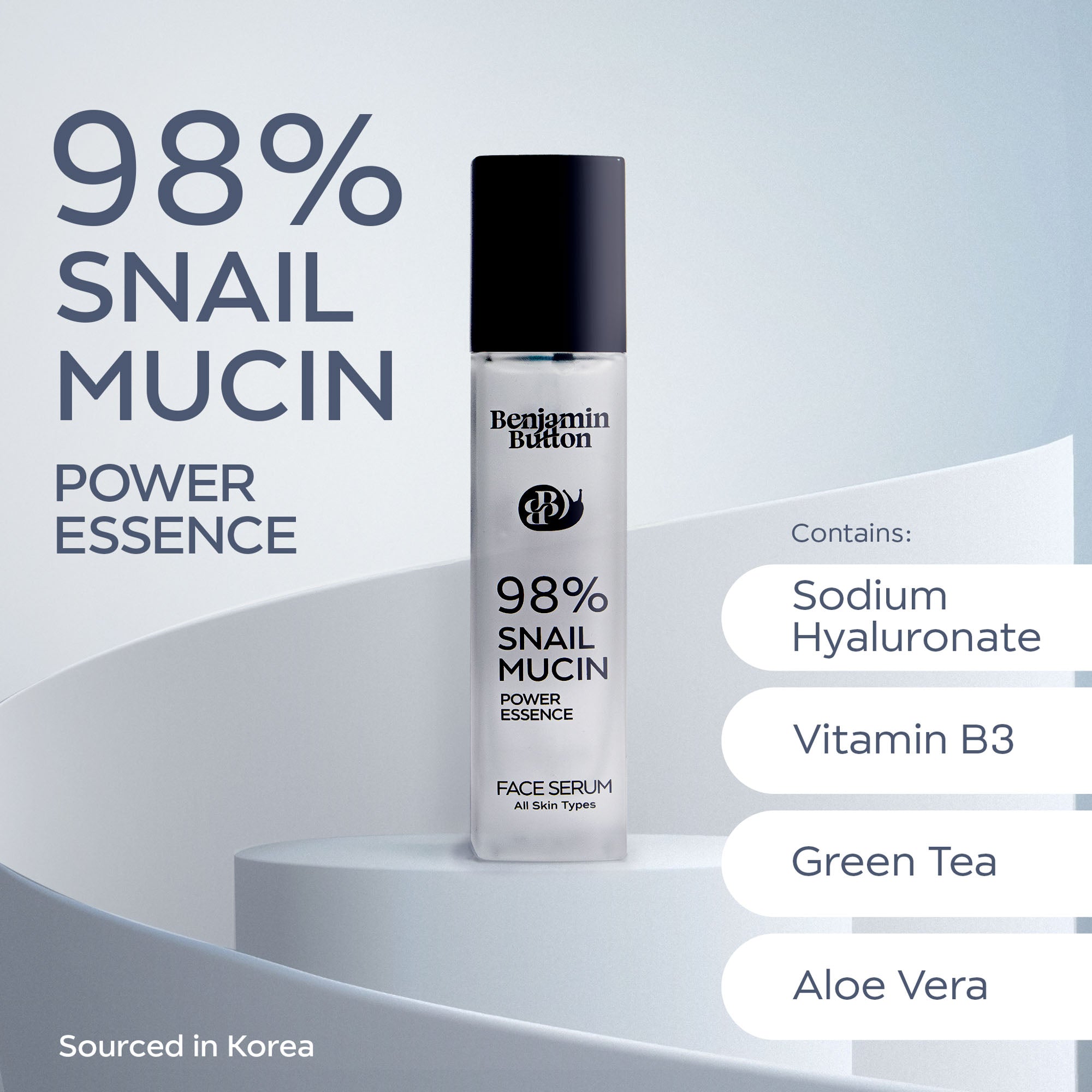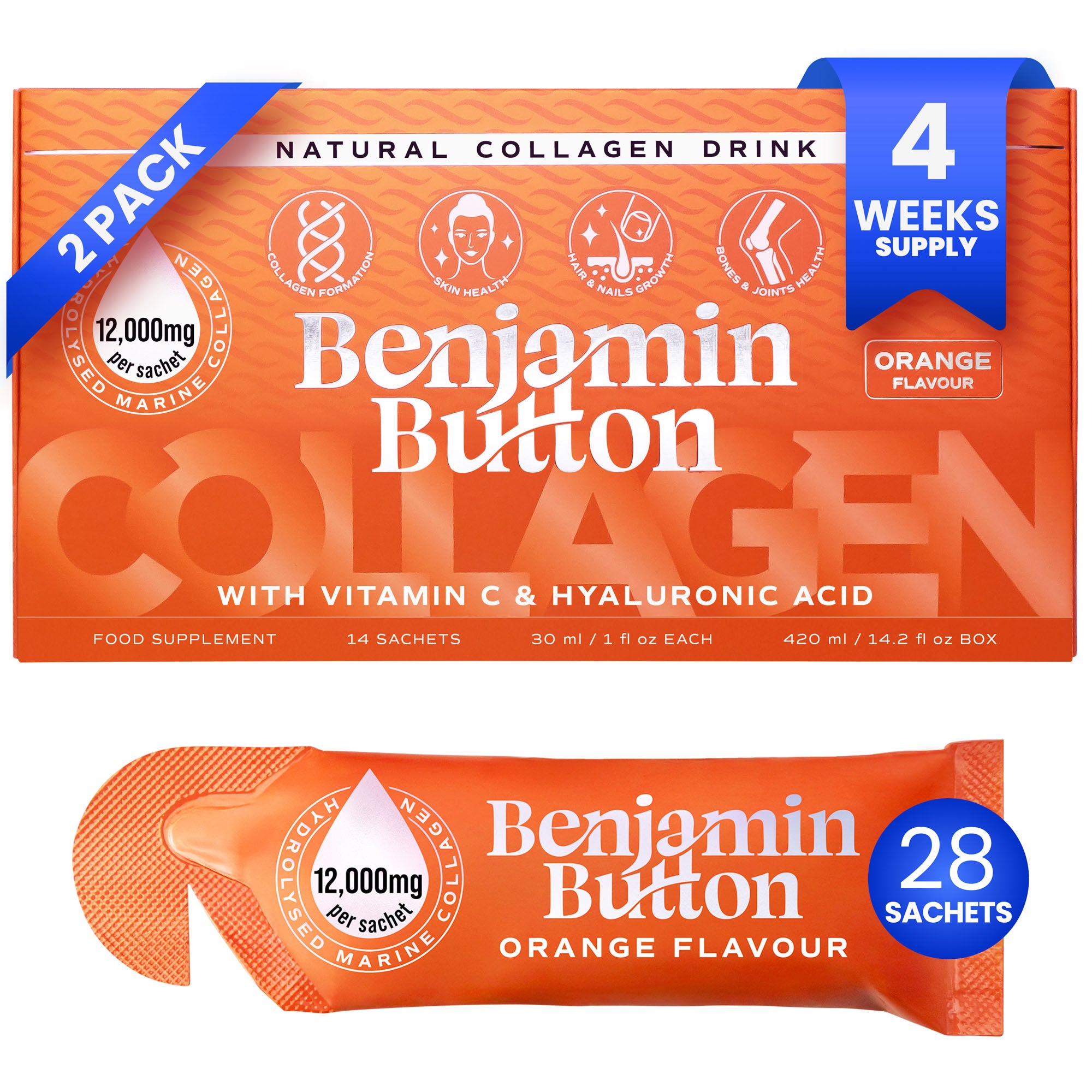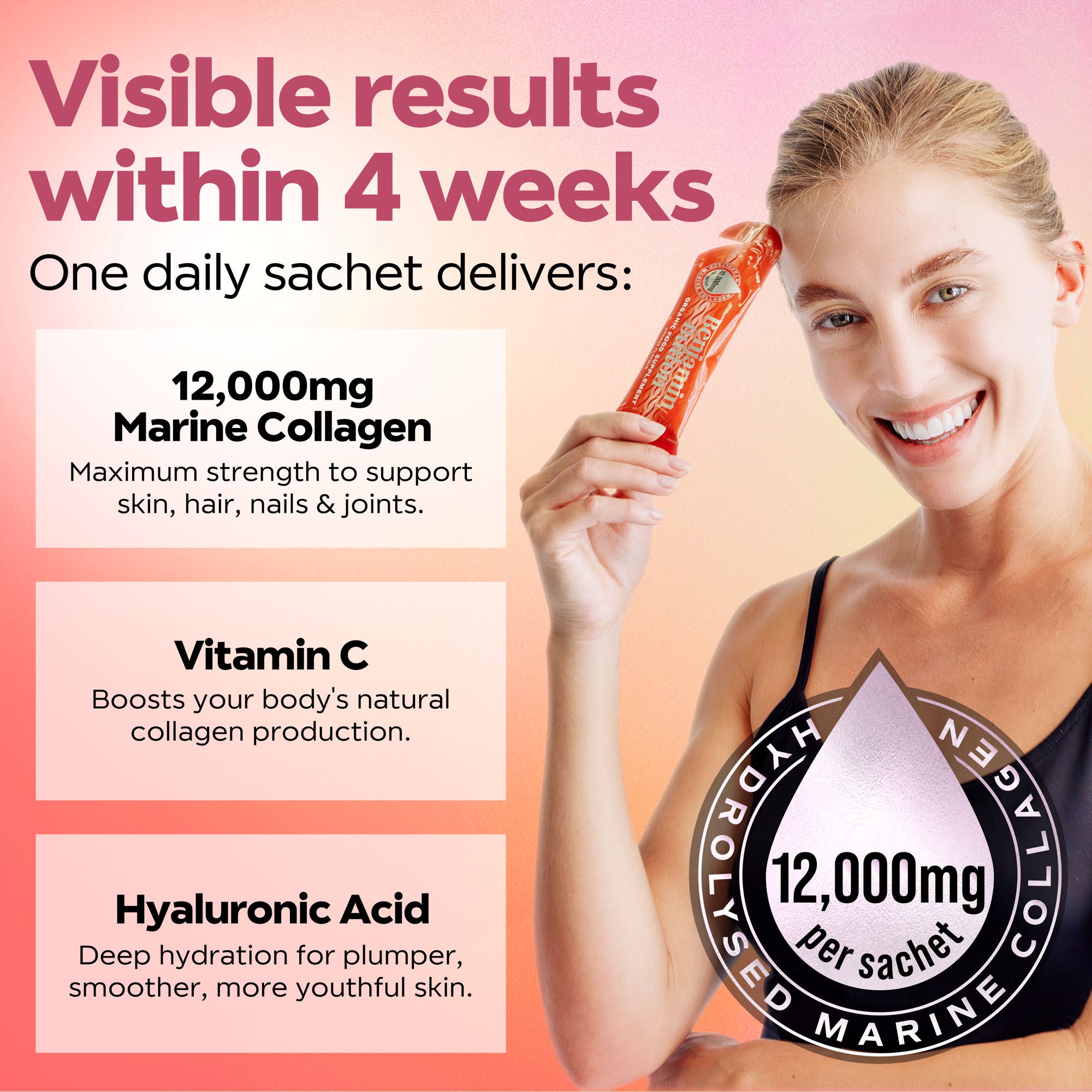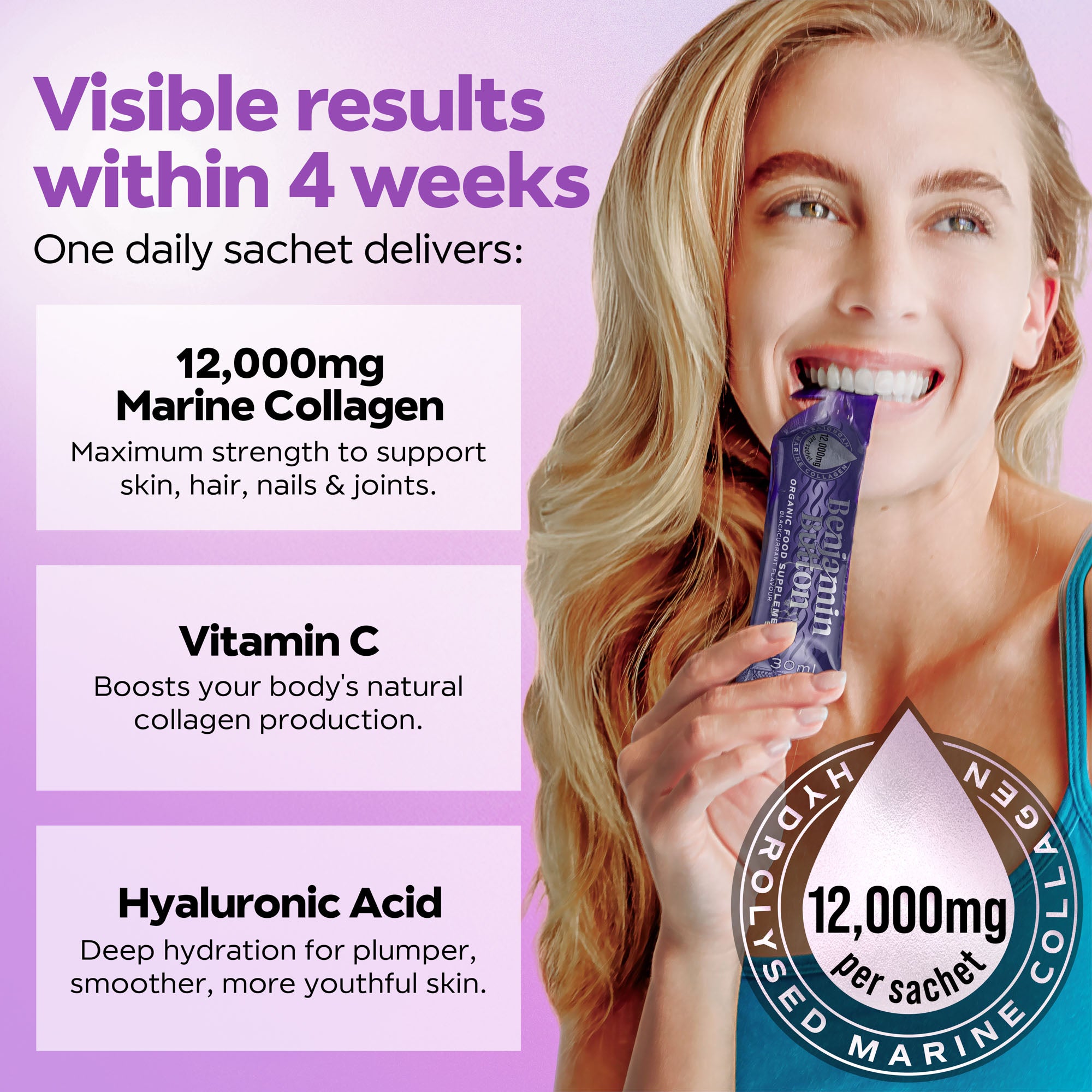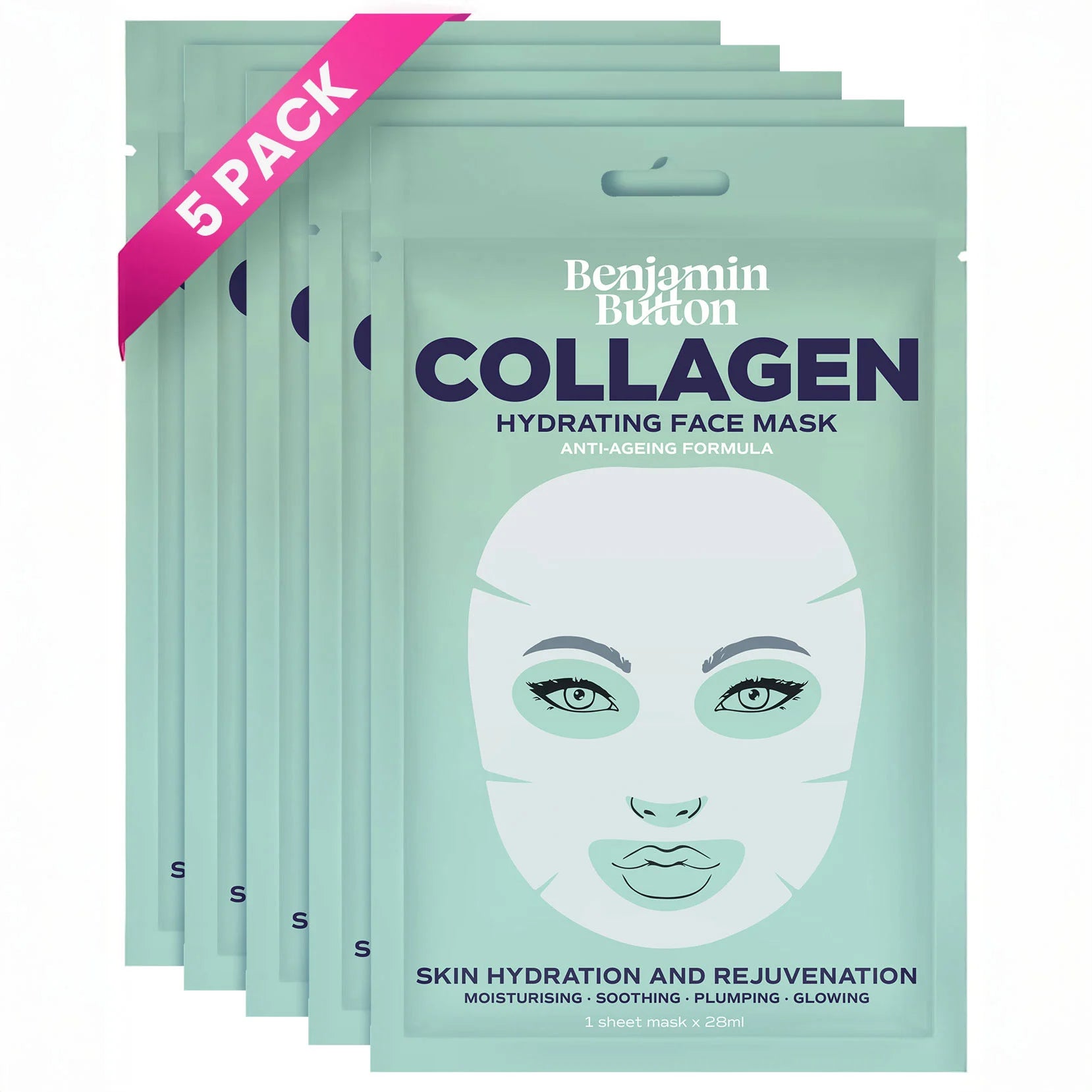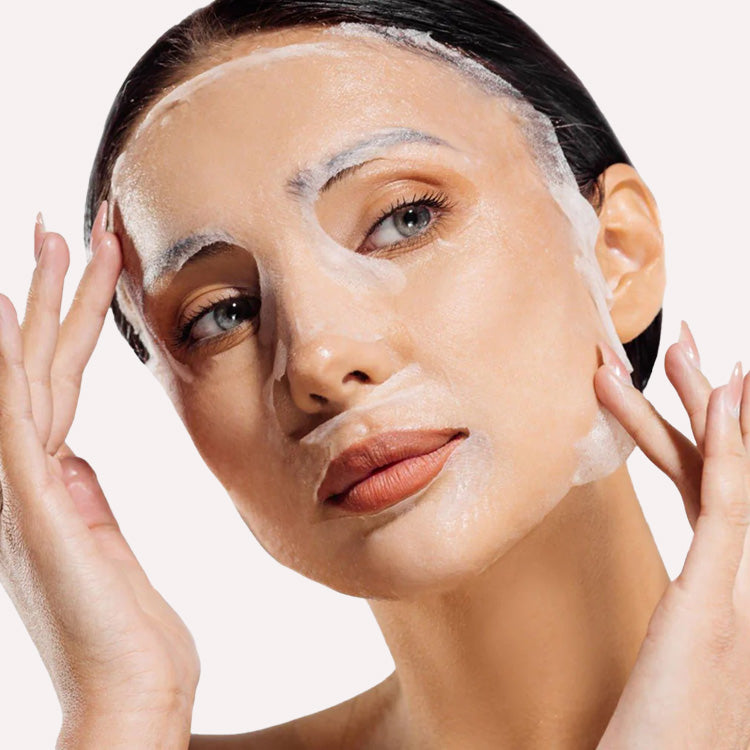Hydrogel eye patches have become a popular skincare staple for anyone looking to hydrate, depuff, and brighten the delicate skin under the eyes. These patches are made to deliver a concentrated dose of active ingredients, providing an instant pick-me-up for tired eyes. However, not all eye patches are created equal—some contain skin-loving ingredients that offer real benefits, while others are formulated with additives that may irritate or even harm the skin.
In this post, we’ll walk you through the good and the bad ingredients in hydrogel eye patches so you can make an informed choice for your under-eye care. For more information on the benefits of collagen, check out our post on collagen supplements and their effects.
Good Ingredients to Look for in Hydrogel Eye Patches
1. Hyaluronic Acid (Sodium Hyaluronate)
Hyaluronic acid is a humectant that attracts moisture, helping to keep the skin hydrated and plump. Since the under-eye area is thin and prone to dryness, hyaluronic acid is a must-have for delivering lasting hydration.
2. Collagen
Hydrolysed collagen helps improve skin elasticity, smooths fine lines, and enhances skin firmness. While collagen molecules are too large to penetrate deeply, they create a smooth, hydrated surface and help the skin appear plumper.
3. Peptides
Peptides stimulate collagen production, strengthening and firming the delicate under-eye skin. Peptides also help reduce the appearance of wrinkles and fine lines, making them ideal for mature or tired-looking skin.
4. Caffeine
Caffeine is known for its ability to reduce puffiness and dark circles by improving blood circulation under the eyes. It’s a powerful antioxidant that constricts blood vessels, effectively reducing under-eye bags and enhancing the skin’s brightness.
5. Green Tea Extract
Green tea extract is packed with antioxidants that help reduce inflammation and protect the skin from environmental stressors. It’s also soothing and ideal for sensitive skin types, providing a calming effect on the delicate under-eye area.
6. Niacinamide (Vitamin B3)
Niacinamide is a powerhouse ingredient that reduces redness, brightens skin, and improves moisture retention. It’s excellent for reducing hyperpigmentation and dark circles, helping to create an even skin tone under the eyes.
7. Aloe Vera
Aloe vera is known for its soothing and hydrating properties. It’s an ideal ingredient for those with sensitive skin, providing anti-inflammatory benefits that reduce irritation and redness around the eyes.
Ingredients to Avoid in Hydrogel Eye Patches
1. Alcohol Denat
Alcohol denat (denatured alcohol) is often used to create a quick-drying or cooling effect, but it can be very drying, especially for the delicate skin around the eyes. Prolonged use of alcohol-based products can lead to dehydration, irritation, and even increased signs of ageing.
2. Artificial Fragrances and Colourants
Fragrances and synthetic colourants may cause irritation or allergic reactions, especially on sensitive skin around the eyes. These additives serve no beneficial purpose and can lead to redness, dryness, or even breakouts in some individuals.
3. Parabens
Parabens are commonly used as preservatives, but they’ve been linked to potential health risks, including hormone disruption. Given that eye patches are used close to sensitive areas, choosing paraben-free options is a safer choice.
4. Polyethylene Glycol (PEGs)
PEGs are commonly used as thickeners or softeners in skincare products. However, they can be contaminated with harmful compounds like ethylene oxide, which can irritate sensitive skin and compromise the skin barrier over time.
5. Phenoxyethanol
While phenoxyethanol is a common preservative and is often seen as a safer alternative to parabens, it can still cause skin irritation, especially for sensitive skin. In eye patches, it can lead to stinging or redness around the delicate eye area.
6. Mineral Oil
Mineral oil is an occlusive agent that forms a barrier on the skin. While this may sound beneficial, it can trap impurities and clog pores. For the under-eye area, this ingredient can cause puffiness and does little to hydrate or nourish the skin.
7. Synthetic Dyes
Synthetic dyes may be added to give eye patches a more appealing colour, but they offer no skin benefits. Dyes can be irritating, especially on sensitive skin, and have been linked to skin allergies.
Tips for Choosing the Best Hydrogel Eye Patches
When shopping for hydrogel eye patches, keep these tips in mind:
- Read the Ingredient List Carefully: Look for hydrating and skin-soothing ingredients like hyaluronic acid, collagen, peptides, and aloe vera. Avoid eye patches that contain harsh chemicals, alcohol, or artificial additives.
- Prioritise Hydration and Antioxidants: Ingredients like sodium hyaluronate, green tea extract, and niacinamide provide hydration and protection against environmental stressors.
- Opt for Fragrance-Free Formulas: Fragrance can be an irritant, especially around the sensitive eye area. A fragrance-free formula is a safer choice for those prone to irritation or allergies.
- Check for Reputable Brands: Select eye patches from brands known for their transparency and quality in ingredient sourcing. Reputable brands often undergo additional testing to ensure safety, especially for sensitive areas like the under-eye region.
FAQs About Hydrogel Eye Patches
Q: How often should I use hydrogel eye patches?
A: Most people benefit from using eye patches 2-3 times a week, but you can adjust based on your skin’s needs.
Q: How long should I leave the patches on?
A: It varies by product, but typically, hydrogel eye patches can be left on for 15-20 minutes for best results.
Q: Are hydrogel eye patches suitable for sensitive skin?
A: Yes, provided they contain gentle ingredients and avoid irritants like alcohol, fragrance, and parabens. Look for soothing and hydrating ingredients like aloe vera and hyaluronic acid.
Q: Do hydrogel eye patches help with dark circles?
A: Eye patches containing caffeine, niacinamide, and peptides can help reduce the appearance of dark circles by brightening and firming the skin.
Q: Can I reuse hydrogel eye patches?
A: No, hydrogel eye patches are generally designed for single use to ensure maximum hygiene and efficacy.
Summary
When it comes to hydrogel eye patches, selecting products with nourishing ingredients like hyaluronic acid, collagen, peptides, and antioxidants can make a world of difference for your under-eye area. Avoid eye patches that contain harsh chemicals, synthetic fragrances, and drying alcohols, as these can cause irritation and potentially harm delicate skin over time. For a selection of quality skincare products, visit our full collection.
Conclusion
Choosing the right hydrogel eye patches can elevate your skincare routine, helping you achieve hydrated, youthful-looking eyes with fewer signs of puffiness and fatigue. By focusing on high-quality ingredients and avoiding harmful additives, you’re not only investing in immediate results but also in long-term skin health. Keep these tips in mind next time you shop for eye patches, and let your eyes look as refreshed and revitalised as they feel! For additional insights on what to look for in a collagen face mask, see our guide on collagen face masks.










